Talking TV: Tackling Journalism’s Mental Health Crisis
Historically, the news industry’s response to the traumatized journalist has been: Suck it up.
Even though reporters often suffer the same psychological fallout as other first responders, only recently has that been somewhat acknowledged. And even then, most news organizations are at a loss about what to do about it.
Dave Seglins, a veteran CBC investigative reporter, suffered his own bout of PTSD after covering a particularly wrenching murder trial. The experience led him to do his own investigation into trauma, a process which eventually led him to become the organization’s “well-being champion.”
Now in his second year of that position, Seglins has been advocating for better trauma education and proactive newsroom responses when there has been trauma. In this Talking TV conversation, he explains how the industry is still only in the most embryonic stages of engaging the issue and what first steps any newsroom can take towards addressing a problem that is worsening continuously as attacks on journalists proliferate.
Episode transcript below, edited for clarity.
Michael Depp: Hello. This is Talking TV. I’m Michael Depp, the editor of TVNewsCheck. Today I’ll be talking with Dave Seglins, a veteran investigative journalist at the CBC in Canada, and as of the past year, the organization’s “well-being champion.” What that means is he’s essentially the CBC’s point person on journalist mental health.
Journalism has always been a tough job, and like many other first responder jobs, journalists see some pretty horrible things that can take a toll on their mental health. Add to that the considerable uptick in attacks they’re subject to both online and in-person, and that toll is getting more severe.
Coming up, a conversation with Dave Seglins that tries to take the measure of this problem, what an advocacy position like his entails and what proactive steps TV newsrooms can do to look after the mental health of their journalists. We’ll be right back.
Dave Seglins, welcome to Talking TV.
Dave Seglins: Hello.
Dave, stress and trauma isn’t something new to journalists. So, what’s making this a problem that people like you are foregrounding right now? Is it an acknowledgment of the depth of that stress that wasn’t there before, or is the stress getting worse, or both? Some combination?
I think our awareness and our literacy around these things as a society. I mean, the pandemic put people through lots of stress and mental health became a thing everywhere. And so, we’re talking about it and understanding it differently. I think, too, there is growing awareness in the scientific community and the psychological and psychiatric communities about the implications of vicarious trauma, and that is for professions whose job it is to, you know, look at and digest the aversive details and the graphic imagery.
So that can be everything from police, firefighters and soldiers to courtroom workers, judges, lawyers and journalists. I mean, when the rest of the world is fleeing from the danger, our job is to go and look at it and cover it and be there. So, this idea of vicarious trauma, it was you know, it’s been developing, and it was sort of identified only a decade ago as being a contributor and a major risk factor for psychological injury and PTSD. So, that’s changed.
But I also think there are some other factors that are driving up the stress levels in the industry, and that has to do with the tech. Technology has changed how we file, where we file, to the number of platforms, the speed at which we file, you know, when you can be sitting in a courtroom and somebody with a simple tweet can kind of render your scoop old news within a few clicks of an enter button, suddenly we are propelled into a news universe that has to be instantaneous.
It’s not just 24/7. It’s so rapid, and so all of these stressors come together, and with our increased understanding of mental health and literacy, I think it’s time that we as a profession which has historically not taken very good care of itself or its people, we start looking at this critically and finding ways to make it more healthy, more sustainable. The stress is always going to be there, and news is always going to cover trauma, but there are certainly ways that we can strategize and best practices that we can develop and adopt to make sure we’re doing it in a healthier, more sustainable way.
And I want to come to those in a little bit. But historically, how have journalists and newsrooms coped with this profession’s stress?
Well, there’s always a kernel of truth in the bad caricature of the chain-smoking guy who’s got his sleeves rolled up. And he’s got a bottle of rye or scotch in the in the cabinet drawer. The tough, very masculine, macho culture of journalism goes way back. And it’s not coincidental that a lot of people thought of it as being men in the business who didn’t have responsibility for families and lives outside and picking up the kids and bringing them to soccer — all of these these kinds of things where you actually have a real life as well as a job.
Obviously, we’ve become more health conscious. Fewer people smoke. Drinking is even now in the sights as a public health issue. You know, lots of discussion around the amounts that journalists have historically drank alcohol to quell the anxiety, to kind of medicate the stress. We are shifting, but those are the coping mechanisms.
I guess the other thing that I would say is that really people in our newsrooms, the leadership we have always sort of promoted based on the craft, the story, the people who are really good at getting the story, the people who are really good at getting the scoops, they’re not necessarily people managers, they’re not HR executives. They’re not trained in mental health and wellbeing.
So, prioritizing the people as opposed to the story has never really been part of the culture. And I think that that is starting to shift. There are some big reasons for it, and we can talk about that. But number one, it’s been unhealthy. It’s not put people first. It’s always been about the story, and we’re seeing a shift in that, and if we don’t make a shift in that, I think it’s going to drive more and more people away from the profession.
Let me circle back to that. The worsening of the problem as you see it — you talked about the digital age and the absolute speed of that being an added stressor. What other factors are at play right now that are worsening this toll?
OK, so that was about filing. What’s worse these days is the entire legitimacy of media and mainstream or legacy media. The concepts of truth are under fire. The trust and traditional media are under fire. There’s a total fracturing of audience. So, that is a challenge for an industry that has generally sort of spoken from the pedestal of the TV station and given out the news as that that newsroom saw it.
And what that has fomented in the echo chambers of social media has been great polarization politically, a lot of anti-media sentiment, which translates into harassment out in the field. You know, we used to wear press badges and that was a position of pride, to be in the press.
And number two, it was carte blanche to sort of get into spaces and places and people, respected journalists and journalism. Now, we often will hide the fact that we’re journalists and reporters for fear for our own physical safety, because there are a lot of people who don’t view journalists and journalism and news professionals with the same level of deference that used to exist, in fact, outright hostility. So, those are yet again, another layer of stress upon stress that is making this a tougher job.
And in your conversations with colleagues, with people at other news organizations in this position you now have, how are you seeing those effects playing out symptomatically with journalists? How are they being expressed, this exacerbated stress that they’re under?
We see in lots of news organizations higher levels of anxiety, short-term disability, people on leave, absenteeism. These are some of the symptoms. I know that through the research that we’ve conducted here in Canada, we did a big national study and we had more than 1,200 news professionals respond to an extensive survey, and we found out some really interesting things.
Such as?
Number one, rates of anxiety and depression are about four times that of the general public. We learned from all of our respondents that more than 50% of respondents say they have sought medical assistance and gone to a doctor to deal with work-related stress. I find that surprising, and I think the other thing that we looked at is the level and frequency that people are exposed to traumatic events and stories about tragedy and human suffering and natural disasters.
And the reality is we’re a business that is trauma soaked. People in this business confront horrible stories, details, images, frequently, and they report feeling burnout, anxiety, fatigue, depression routinely from the exposure over and over repeated in the course of their work. And so that’s what the data and research that we’ve conducted here in Canada tells us, and it really sort of identifies where I think we need to be focusing our efforts.
You convinced the CBC to create this position for you to engage this issue. Why you? Why did you personally decide to do that? And then also, what was the reception that you had to this proposition?
Wow. There’s a whole history there. Number one, a decade ago, I developed PTSD in the wake of I mean … I was covering all sorts of tough stuff, but I covered a really gruesome court trial about a mass murderer. And it crippled me emotionally, mentally, and got me down a path of trying to understand trauma and trying to understand what that means in the context of being a journalist. So, number one, that personal experience.
Number two, during the pandemic, I’m a 25-year veteran of journalism, breaking news and investigative journalism. I reached a point where, you know, I was covering all sorts of death stories about COVID, long COVID, doing in-depth investigations. And then I was assigned because it was a breaking news story on a child murder. Historically, the case was solved, and I got thrown at it and I put up my hand. I said, you know what? I’ve got so much going on, I don’t think I’m up for this and I was told that I didn’t have a choice, that I must work on this story and that this isn’t the way it works.
And I thought, if I as a 25-year veteran who’s trying to express and advocate for my own mental health and like, look, I’ve got enough trauma on the plate right now thank you very much. If I can’t put up my hand, who can? And I really decided at that point that if I’m going to move forward, you know, at CBC or in journalism, that we need to have better ways, we need better protocols and methodologies in dealing with people.
The answer can’t be just suck it up all the time. Because when you reach a breaking point and I knew enough, you know, from my previous PTSD experience, I’m not going there. I’m not doing that again and sorry. I love my job. I want to be excellent at it and I want to be a breaking news reporter when necessary, but also when I know that I’m about to be injured or I’m feeling, feeling the toll. I don’t want to be told you have no other choice but to basically injure yourself. So, I, just decided. That’s the why.
Now the reception: CBC, to its credit, it is a news organization, it is a corporation and like other news corporations, it has a long culture and tradition of journalism that hasn’t prioritized mental health and well-being. But to their credit, they have been very open and very supportive of my work. And frankly, when we began talking about, OK, so what can we do to improve things, the key piece for me begins with education. And they said, Great, why don’t you teach a course?
But I didn’t know anything. I’m just a journalist. So, CBC supported me going to school, doing some in-depth studies about mental health and trauma, studying it, learning it, doing a fellowship at the Dart Center at Columbia’s Journalism school, and over time developed a bit of an expertise calling around to news organizations around the world to ask, What do you do? And education is key among it, better protocols and assignment are key to it, all sorts of improved supports. All to say that CBC has been very supportive of this, but it doesn’t come without its challenges because I’m often fighting an uphill battle.
How so?
Well, when you call for change and say we need to change the assignment process. Not everyone’s on board. Right? And it’s a culture change. It’s going to take time. When I say, look, there are some practices that we currently do like firing people out of the cannon repeatedly, day after day after day without sort of assessing, hey, have they had time to, like, catch their breath? Has there been a down moment? Because processing the things that we cover also has to be part of the human scale of the job. Well, that’s going to cost money. That’s going to take time.
So, these are these are kind of structural obstacles. And I can think of a whole host of issues where I’ve wanted to write articles or speak out about certain aspects of how we do the business that I think are harmful to mental health. And there’s great trepidation and there’s great concern. Oh, my gosh, how is this going to reflect on us, that sort of thing. So, it’s a fine walking balance of being an advocate internally for change and trying to be a positive agent of change without pissing off the bosses that they don’t want to hear it or they’re going to shut me down.
Just to get a practical sense of what you do on the day to day now, you’re still a journalist. You’re still filing stories for CBC, right?
Well, I tried that for the first year of this job. I’m now into the second year. And the reality is, no, I’m not. I’m not because there’s too much work to be done.
This is full time?
This is now a full-time thing for a year. We’re seeing how it goes. There are three buckets to my job. Number one, I do training, and I do that through courses for all sorts of news people at CBC. I also, you know, parachute in a do segment in our hostile environments training for a lot of our foreign correspondents and crews that will go overseas and to warzones, that sort of thing. So, teaching is one.
Number two is internal support. And so that’s everything from I will consult with teams that are — for instance, I just came back from Yellowknife in Canada’s north, where we held a series of debriefing, talking circles where this entire community, the capital city of the territory, Northwest Territories, had to evacuate because of wildfire threat. Now, for the teams that were on the ground, as reporters who live there, they’re not only reporting on this, but they’re living through it. And suddenly they were ripped from their homes and had to flee for their lives. So, you know, I sat with those groups of people, and we went through a kind of lessons learned debriefing, talking circle, which helps them heal. But it also takes some lessons for how we could be better prepared for future emergencies.
And then the third bucket of what I do is I work sort of cross industry, not necessarily only in CBC, but what can we do externally? What can we do with other media partners? And so, I’m working on development of some training courses for other media organizations. We have a pilot project that there’s now a training module of three hours that other news organizations could subscribe to and can get that training.
We’re also creating some educational tools, for instance, some training videos that will, in partnership with the Dart Center, that will be tools for any newsroom, tools for journalism schools to begin thinking about both how do we take care of our people, but also how do we do better journalism when it comes to covering people who’ve been affected by trauma.
I’m glad you brought up the cross-industry component of this, because CBC is a very — I think it’s fair to say — a progressive organization in many regards. So, it’s easier to see it being receptive institutionally to this idea than perhaps some other organizations. So, I wonder, are there other newsrooms or news organizations you’re aware of that have stuck their neck out on this issue a bit and created a position similar to yours or had some sort of institutional response?
There are examples of it. Look, CBC is a public broadcaster, so we get money from taxpayers. We’re arm’s length from government. So, there is a public mission to this and so the idea of uplifting the rest of the industry is sort of baked into our mandate. And so that’s where I get support from doing that.
For a private corporation that is trying to keep afloat in a really hostile time for the news industry, I find that they don’t have the same kinds of resources. So, in some ways I’m trying to use this position to serve all to try to help my colleagues in the private, if I can put it that way. Yes, there are there are glimpses of individuals, but again, they tend to be in large organizations.
I can think of a colleague at The New York Times that is doing all sorts of mental health support within their security and resilience department. I can think of people at the BBC that are building peer support and networks across their news service for better kind of internal colleague-to-colleague support. There are examples.
The reality is, though, this is a fairly new discussion for the industry and what that looks like institutionally. There are all sorts of programs and benefits for mental health coverage. But in terms of actually changing the way we do our day-to-day work within newsrooms and having people whose function it is to look out for the wellbeing and the mental health of journalists being sent out the door or camera people or video editors, there aren’t a lot of examples.
Well, I’m not surprised to hear that BBC and New York Times, they’re sort of always listed at the vanguard of things like this. I think they’d have a fear of missing out if they weren’t involved there. But, you know, pragmatically speaking, as you mentioned, for commercial news organizations that have serious market pressures upon them and have to exist in maybe some more rigid lanes on the day-to-day and have to think about the resources to expand in a position, creating a position or initiatives like this — how should the broader industry, do you think, pragmatically be engaging mental health issues in a broader sense right now? What are some of the best practices you would suggest that they could put in place right away?
Hold a town hall with your staff and ask the question: How can we improve well-being in the news industry? Have that discussion. Record people’s responses. Conduct a survey. Ask people: How do you feel? What’s working here with regards to wellbeing? What are the challenges? What would you like to see? Get input. Listen to your people. That’s one thing that we can do.
And then bring education. And that doesn’t have to be… you know, I offer a full day course to colleagues here at CBC that will be cost intensive for any news organization. But you can have guest speakers speaking to large groups of people. Improve the literacy around — number one, what does stress and trauma do to the brain? Number two, what are the best practices when it comes to assignment and monitoring trauma exposure and stress exposure on the job? What can we do better in terms of preventative actions? Because there are best practices, you know, in terms of risk assessments and in terms of better planning when it comes to covering big breaking stories that are going to involve human suffering. Those are some simple things that don’t cost as much money. But it will cost money. That’s the truth of it.
Right. Well also in the time that they have to take off and the attrition and things like that, for sure. I have also heard about psychologists coming to newsrooms sometimes in the wake of a specific traumatic event that may have affected people more broadly. Is that something that you hear much about?
Certainly. CBC has practiced that at certain times, and it can be either having a psychologist or psychotherapist who’s in a group setting, or it can be somebody who has, you know, a sign-up sheet and you can go and talk to them one on one. I think there is a growing understanding through studies of critical incident debriefing, you know, in other frontline professions like emergency services and soldiers.
Group sessions aren’t always a good idea, especially in a news culture where people have a tough exterior and they want to project strength, because to not do that can potentially have professional repercussions in journalism if you don’t appear up to it. So, in those kinds of settings, people don’t want to let their guard down or appear weak. It’s not weakness, I say.
But anyway, group therapy post incident isn’t a great idea, but what you can do is you can hold space for people just to talk. Don’t sell it as therapy. Don’t, don’t, don’t make it into more than it has to be. Sometimes all people want to do is get together, you know, order a pizza and say, hey, you know, what worked there? What didn’t? What are the lessons we’re learning from this? And that gives people a kind of non-emotional way of venting, reflecting and maybe taking a lesson which helps people sort of think about the future and move forward and get them more forward thinking as opposed to being trapped in the horrors of whatever the thing is that you’ve just covered.
So, now you’re in your second year of doing this. Do you feel that there is some serious momentum here as far as the industry leaning into this as a problem and actively doing something about it?
Yes and no. Yes, I think that this is a more prevalent conversation. It’s a higher corporate priority across many news organizations, not just CBC. Mental health and how to better support our journalists is a thing. The question is how are we going to address it? And I’m not sure that we’re far enough along the road in figuring out the solutions.
But I know based on the number of conversations that I have and the number of people that are gravitating towards this issue, calling, contacting me, the kind of social media discussion amongst journalists about trauma and stress and burnout. I think that there is a reckoning going on. What the solutions are … that still remains a bit of a challenge, bit elusive. And I’ll forever say, education is the beginning piece because the more literate we are on all of these issues, the more people will figure out the fine print of how do we do this in our newsroom, if people just understand stress and trauma better.
Well, it’s certainly very important. Hopefully, we’ve gotten a conversation rolling along here that we can continue and check back in with your work in a little bit down the road and see if broadcasters, commercial broadcasters particularly, can find a way into this and make it feasible as part of their efforts, especially as in the U.S., we go into a very stressful election year where coverage is going to be challenging, to put it mildly. Among other giant stories and calamitous climatological environmental stories, people have to deal with traumas coming in from all directions right now, it would seem.
Dave Seglins, journalist at CBC, its well-being champion. Thanks so much for being here today.
Thanks for having me. Nice to see you, Michael.
Good to see you. Thanks to all of you for watching and listening. We have new episodes of Talking TV most Fridays. You can catch it and all past episodes at TVNewsCheck.com and on our YouTube channel as well as most places you get your audio podcasts. See you next time.








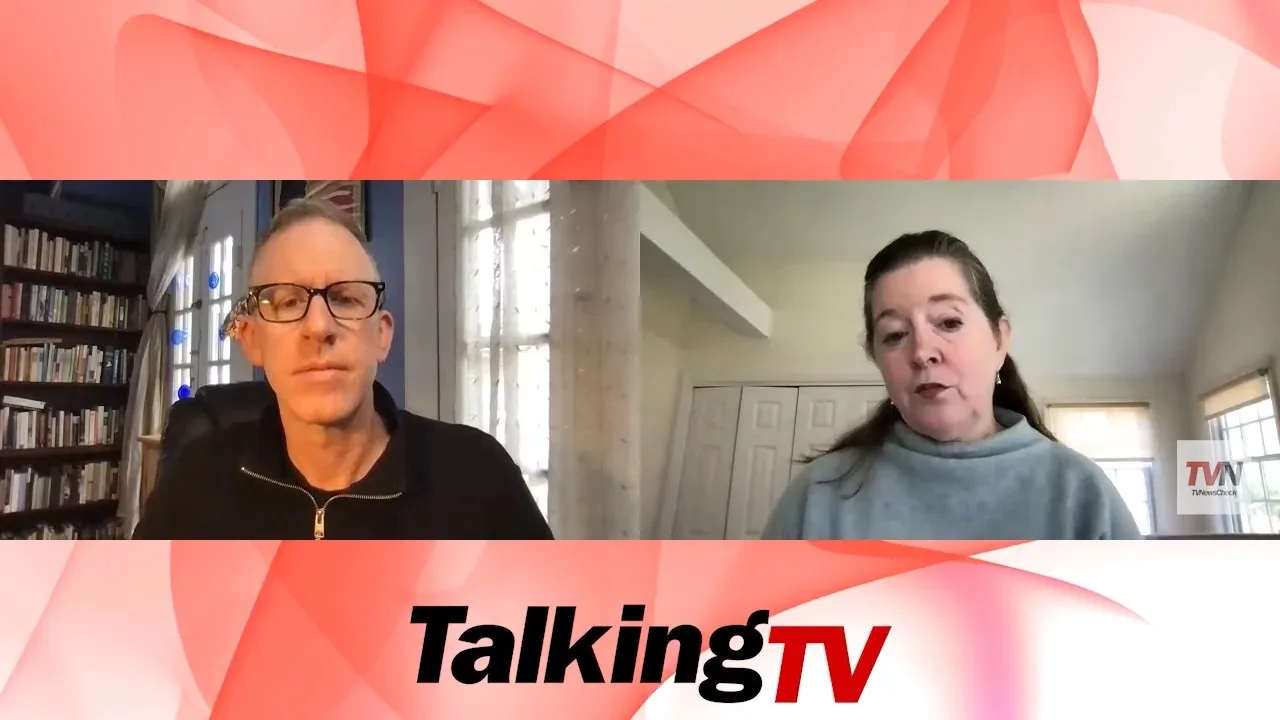

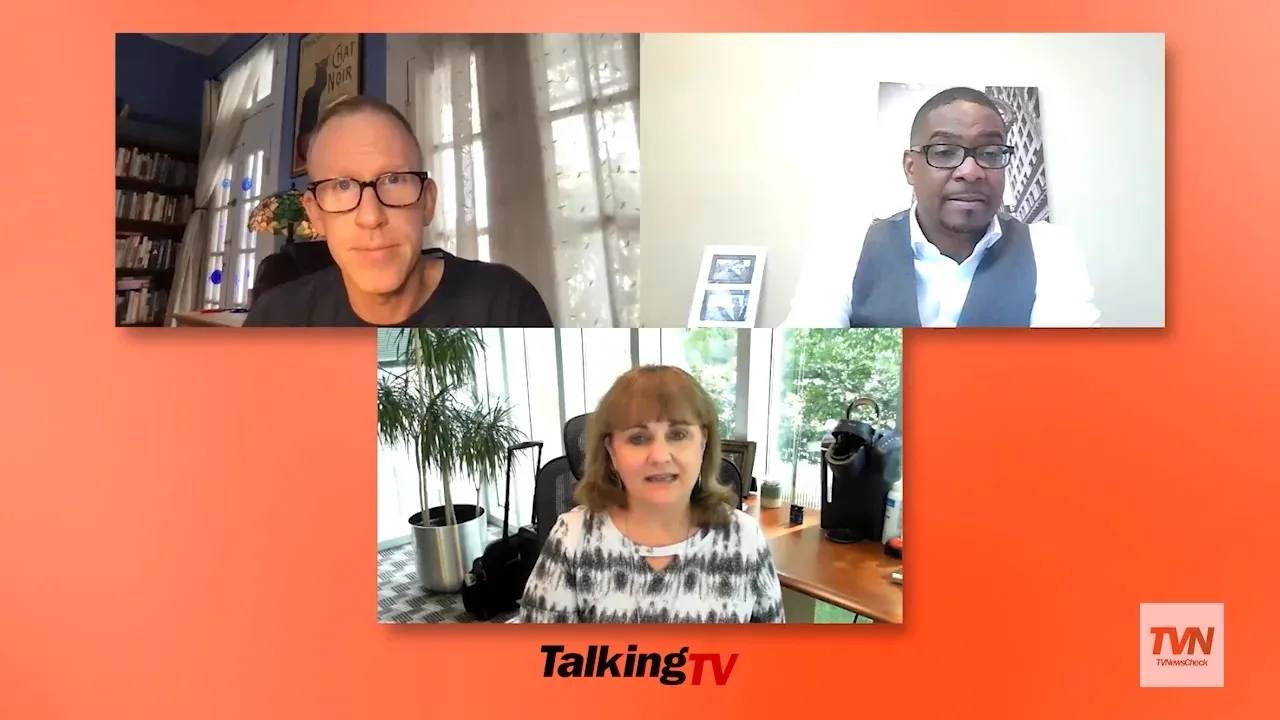
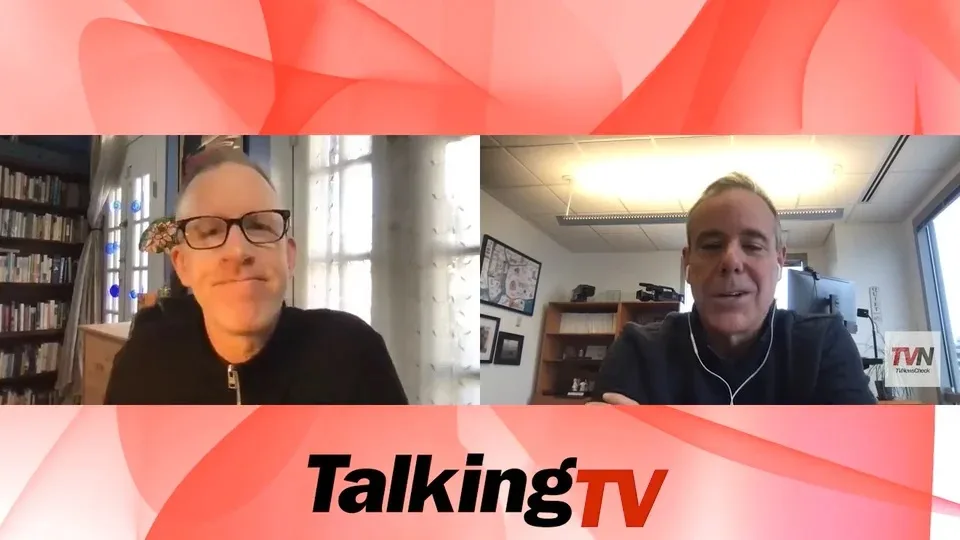

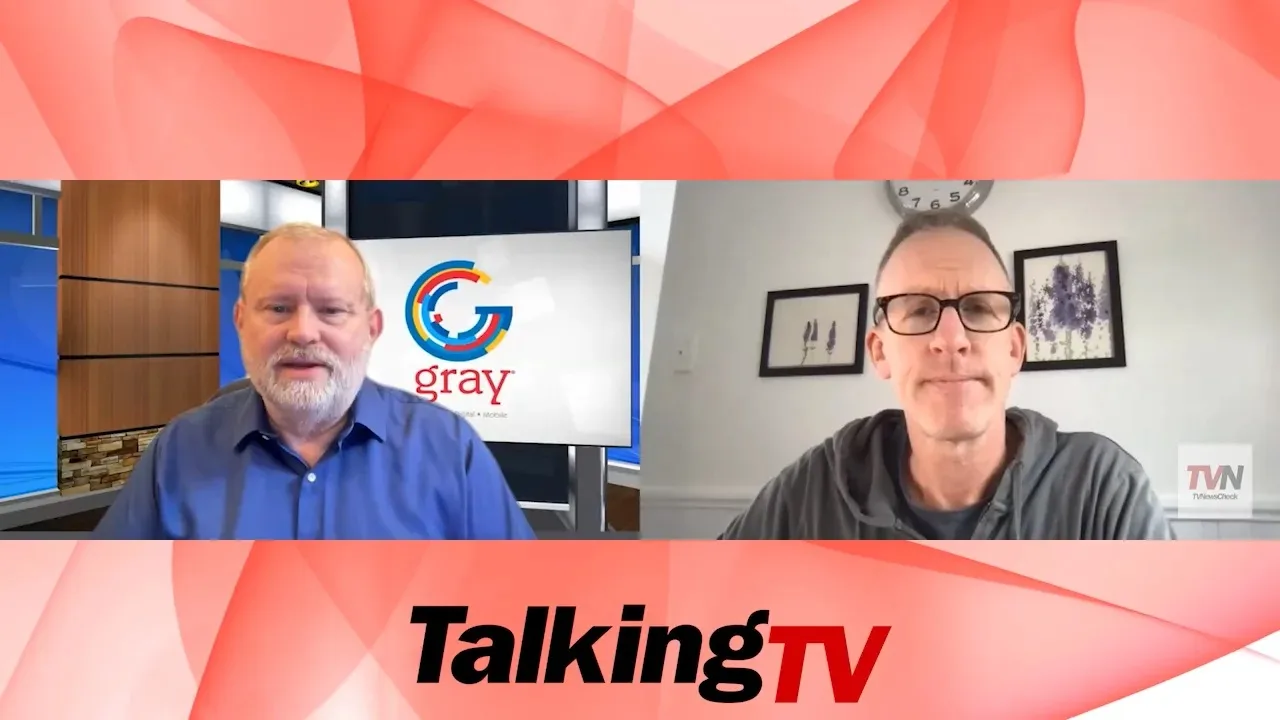








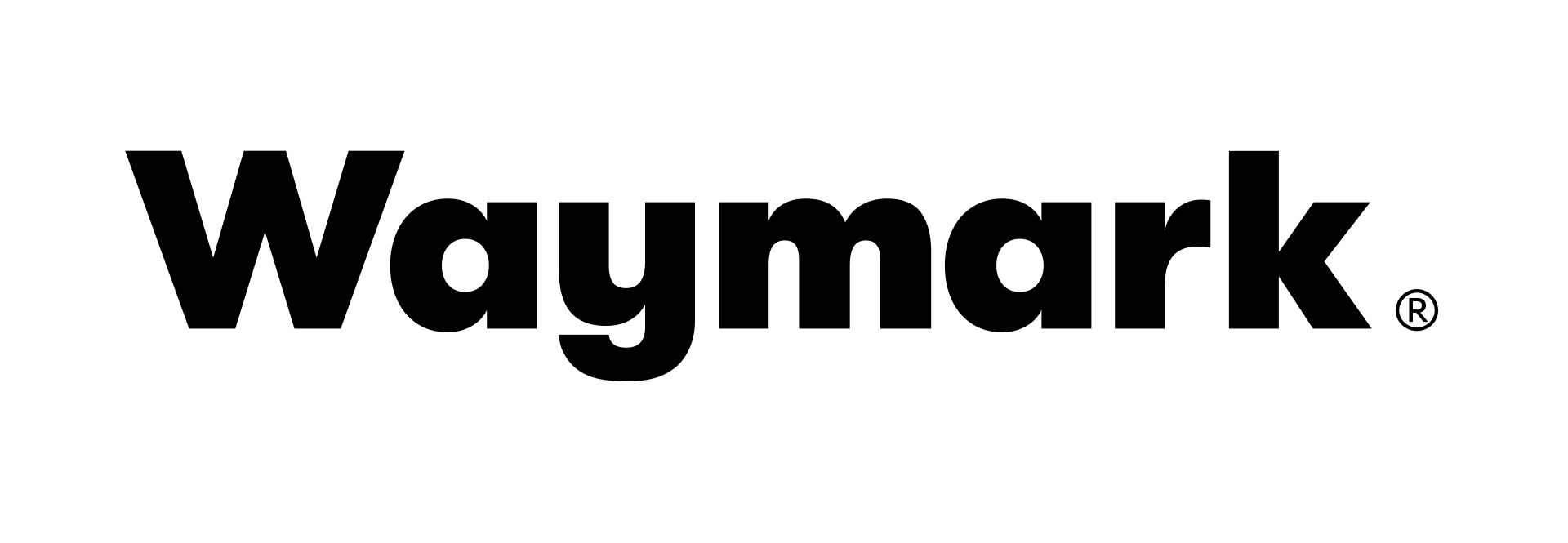








Comments (1)
Raw Travel TV says:
October 13, 2023 at 11:00 am
It’s never been more physically dangerous or more mentally taxing to be a journalist and even more so since falsely labeled “enemy of the people” Excellent discussion on an incredibly important subject.